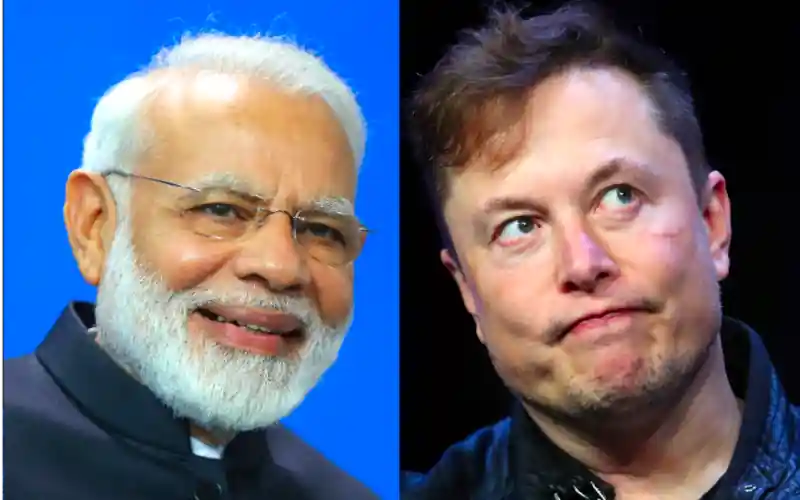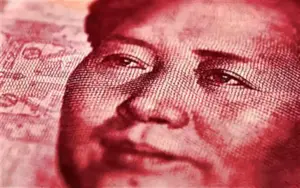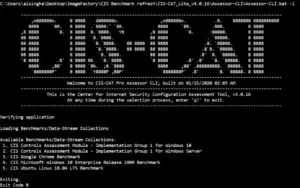India and X Clash Over Online Censorship

- X, Modi’s government clash in court over content regulation
- Elon Musk’s X says India is trying to curb free speech
- Indian government flags proliferation of unlawful content online
- Legal tussle tests Modi’s content removal system
A legal battle is underway between Elon Musk’s social media platform, X, and the Indian government regarding a significant increase in online censorship. The dispute centers on a new system that empowers a wider range of officials to issue content-removal orders. X has filed a lawsuit arguing that these actions are unconstitutional and enable the suppression of legitimate criticism against public officials. The Indian government, however, defends its new approach, stating it is necessary to combat a rise in unlawful content and ensure greater accountability online.
The conflict highlights a clash between Musk’s self-proclaimed “free-speech absolutist” stance and Prime Minister Narendra Modi’s administration, which is seeking to tighten its grip on internet content. This legal case is particularly significant given that India is one of X’s largest user bases. The lawsuit comes as Musk plans to expand his business ventures, including Tesla and Starlink, in the country. The outcome could set a major precedent for how tech companies handle content moderation in other large, developing nations.
The New Content Removal System
For years, only a few Indian ministries could order content to be removed, and only for specific reasons like threats to national security or public order. In 2023, the Modi administration changed this by empowering all federal and state agencies, including local police, to issue takedown notices for “any information which is prohibited under any law.” This directive gave a significant number of officials the ability to demand content removal, with tech companies facing liability if they do not comply. The government further streamlined this process in late 2024 by launching a dedicated website, Sahyog, which X has dubbed a “censorship portal.”
X has refused to join Sahyog and is challenging the legal basis for both the new portal and the broader 2023 directive. Court filings show that officials have used the new system to target a wide spectrum of content, from misinformation to satire. Posts criticizing ruling party politicians, including a cartoon depicting a politician in an unflattering light, have been subject to takedown requests. This broad application of the rules has led free-speech advocates to criticize the government’s regime as a tool to stifle dissent.
A Pattern of Broad Removal Requests
A review of court filings reveals that between March 2024 and June 2025, X was ordered to remove approximately 1,400 posts or accounts. More than 70% of these notices came from the Indian Cybercrime Coordination Centre, an agency within a ministry led by a key Modi aide. The government’s court report argues that X is a platform for “spreading hate and division” and “fake news” that threatens social harmony. While some requests were for content like misinformation and child sexual abuse material, others targeted news reporting and satirical content.
For instance, the railways ministry issued directives to remove news articles about a deadly railway station stampede. In another case, Chennai police demanded the removal of a cartoon featuring a red dinosaur labeled “inflation” alongside a depiction of Prime Minister Modi. The police claimed the posts were “deeply offensive” and “provocative.” Despite these requests, many of the posts mentioned in the filings remain online. Chennai’s Deputy Commissioner B. Geetha criticized X for a lack of cultural sensitivity, saying the platform often fails to act on their takedown notices.
Interesting fact
|









